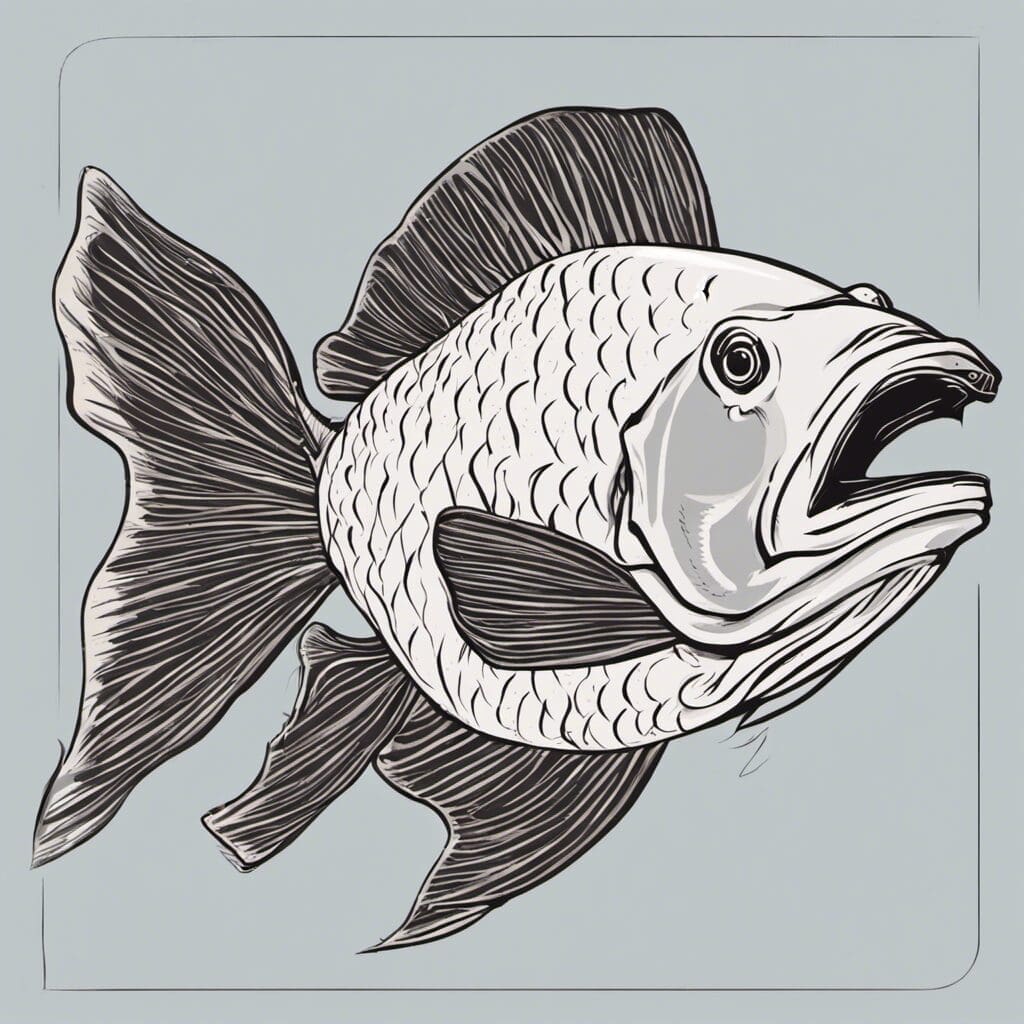Introduction
The Nursehound, often referred to as the Bull Huss, is a species in the Scyliorhinidae family. This species of small coastal shark is found predominantly in the eastern Atlantic Ocean, from Norway to Senegal.
Conservation Status
The Nursehound is currently listed as Near Threatened on the International Union for Conservation of Nature’s (IUCN) Red List. Conservation efforts include diversifying the fishery, promoting sustainable fishery practices and minimizing bycatch through appropriate fishing gear modifications.
Statistics
| Statistic | Average | Range |
|---|---|---|
| Length | 100 cm | 50-163 cm |
| Weight | 3 kg | 1-7 kg |
| Average Lifespan | 25 years | – |
Distribution
The Nursehound is found commonly in the eastern Atlantic Ocean, ranging from Norway to Senegal, and in the Mediterranean Sea. They are mostly sedentary and show no apparent migration patterns.
Habitats
Nursehounds can be found in shallow bays on rocky or sandy bottoms, from the shore to depths of 200 m. They prefer cooler temperate waters.
When and Where to See
They are known to be nocturnal, most active during the hours of dusk and dawn. During winter months, Nursehounds often move into deeper waters.
Best Fishing Locations
Nursehound sharks have been most commonly caught in the coastal regions of England, particularly off the shores of Cornwall and Devon, and in the Mediterranean Sea.
How to Catch
Nursehounds typically eat small fish, cephalopods, and crustaceans. Live or dead small fish such as mackerel or herring are often used as bait, but artificial lures can also be effective. Methods include trolling, bottom fishing and float fishing.
Identification Guide
Nursehounds have a robust body, small pointed head, and a reddish-brown color with large dark spots. Comparatively, similar species such as the Dogfish have a slender body and are often paler in color.
Culinary
The meat of the Nursehound is firm and quite flavorful. It is commonly used in traditional British dishes such as fish and chips. Nutritional information is scant due to variation in cooking methods.
Additional Information
Nursehounds tend to be solitary animals but will sometimes form small groups. They are oviparous, with the female laying eggs in a tough leathery case known as a mermaid’s purse. Known predators include larger sharks and seals.
References and Further Reading
For further details and more comprehensive information on the Nursehound, these sources could be quite helpful:
- Fishbase – Scyliorhinus stellaris (Nursehound)

